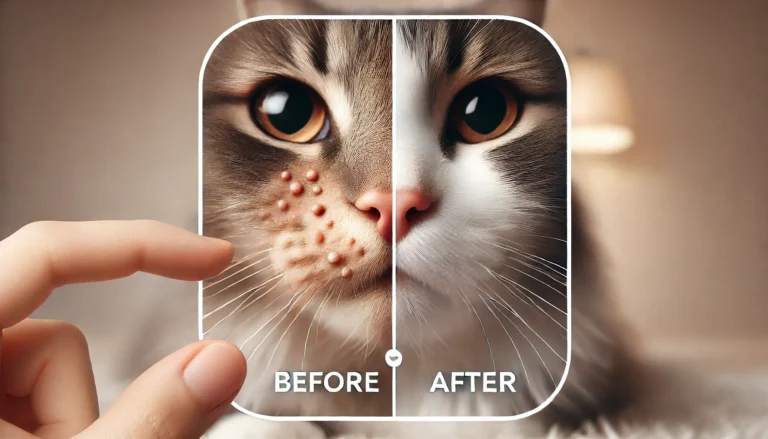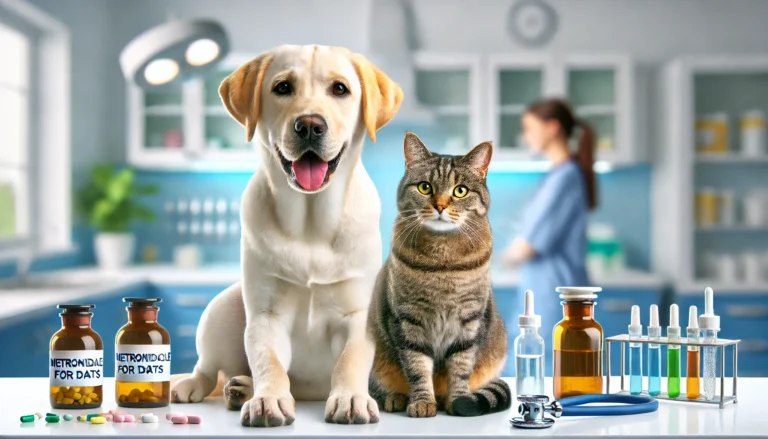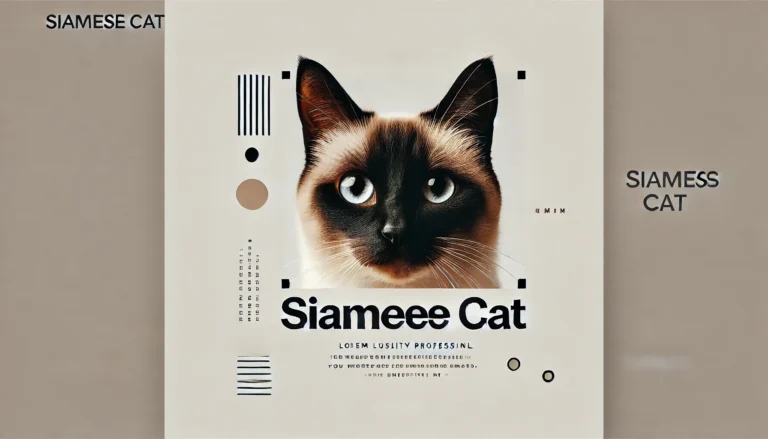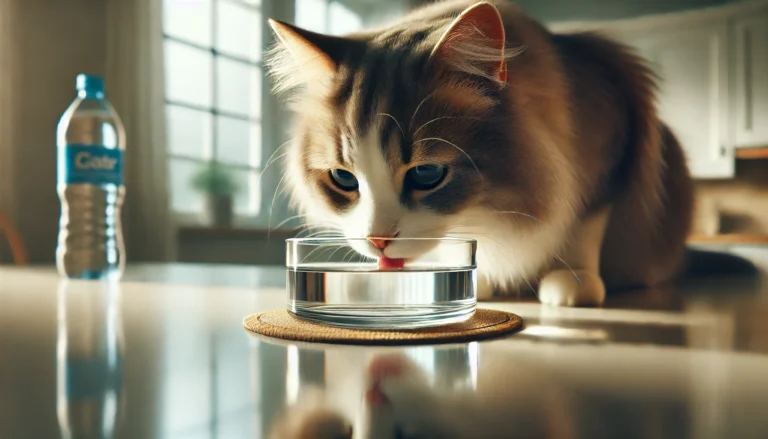Stomatitis in Cats: Symptoms, Causes and Treatment
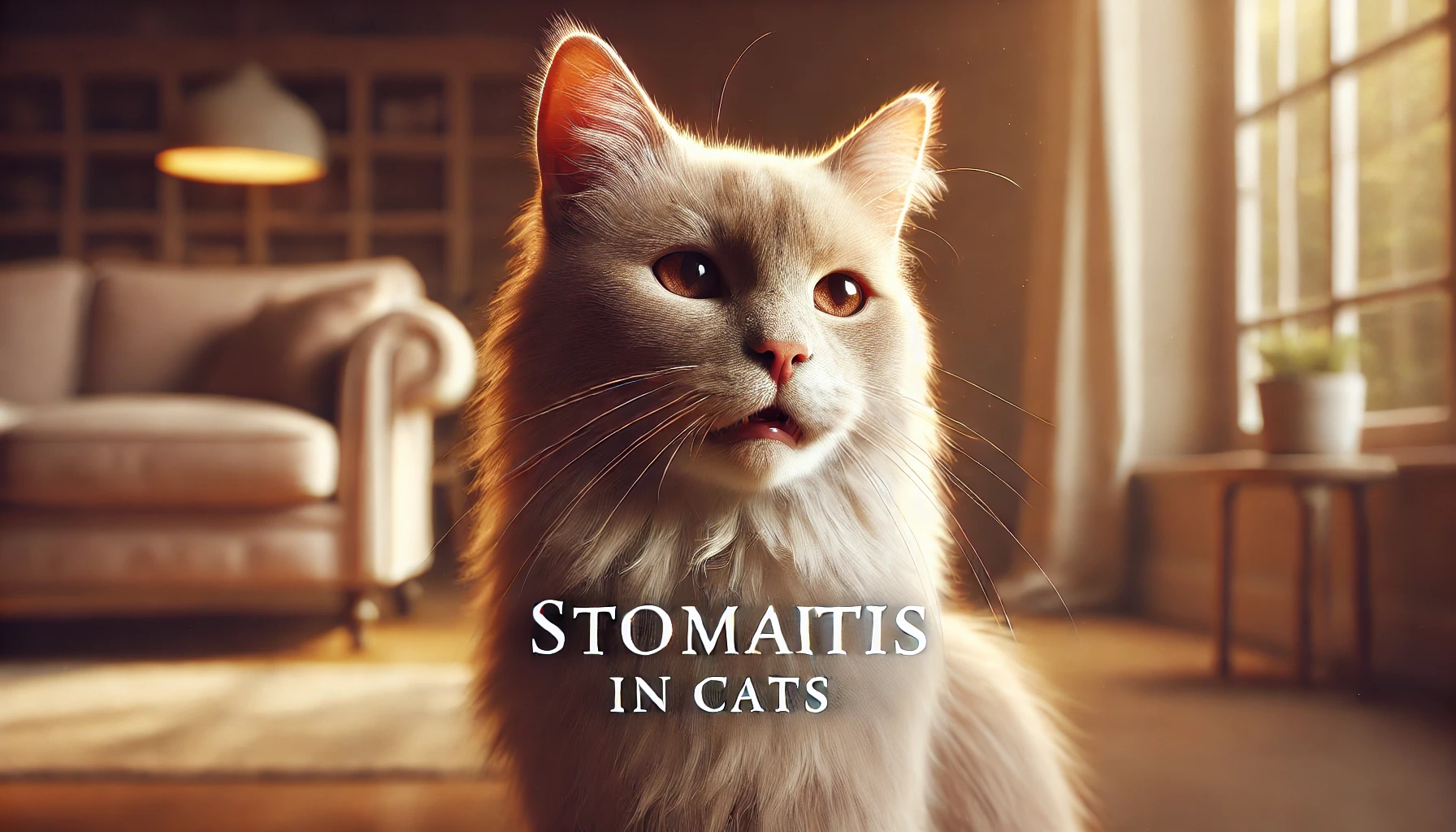
Stomatitis in Cats
Stomatitis in cats is a painful and often debilitating condition that can significantly affect a cat’s quality of life. The condition involves inflammation of the mouth, particularly the mucous membranes, which can result in symptoms ranging from mild discomfort to severe pain and difficulty eating. Understanding the symptoms, causes, and treatment options for stomatitis in cats is essential for cat owners to provide the best possible care. This article provides a comprehensive guide to stomatitis, including what it is, how to identify it, potential causes, and available treatment methods.
What is Stomatitis in Cats?
Stomatitis is an inflammation of the mouth, specifically affecting the mucous membranes. This condition can cause severe discomfort, ulcers, and swollen tissues in the cat’s mouth, often leading to difficulty eating and even avoiding food altogether. Stomatitis is a common yet serious oral condition in cats, and when left untreated, it can result in chronic pain, infections, and other severe health issues. It is important to understand the different aspects of stomatitis, from its signs and symptoms to the causes and treatment options, to ensure that affected cats receive prompt and effective care.
Symptoms of Stomatitis in Cats
The symptoms of stomatitis in cats can vary in severity depending on the extent of the inflammation and the underlying causes. Some cats may display mild signs of discomfort, while others may exhibit severe symptoms that require immediate veterinary attention.
Common Symptoms of Stomatitis in Cats
- Bad Breath (Halitosis): One of the most common signs of stomatitis in cats is foul-smelling breath, which is often caused by bacterial infections resulting from mouth inflammation.
- Excessive Drooling: Cats with stomatitis often drool excessively due to mouth pain and difficulty swallowing.
- Difficulty Eating: Cats with stomatitis may refuse to eat or may exhibit difficulty chewing or swallowing food due to the pain and inflammation in their mouths.
- Redness and Swelling in the Mouth: The gums, tongue, and other soft tissues in the mouth may appear red, swollen, or inflamed.
- Gum Recession and Tooth Loss: In severe cases, the gums may recede, and teeth may become loose or fall out due to the long-term effects of chronic inflammation.
- Pawing at the Mouth: Cats suffering from stomatitis may paw at their mouth or face in an attempt to relieve the discomfort or pain.
- Change in Behavior: Affected cats may become more irritable, withdrawn, or exhibit signs of general discomfort and pain due to their condition.
- Excessive Licking or Chewing: Some cats may lick or chew at their lips or gums more often than usual, which can be an attempt to soothe the inflammation.
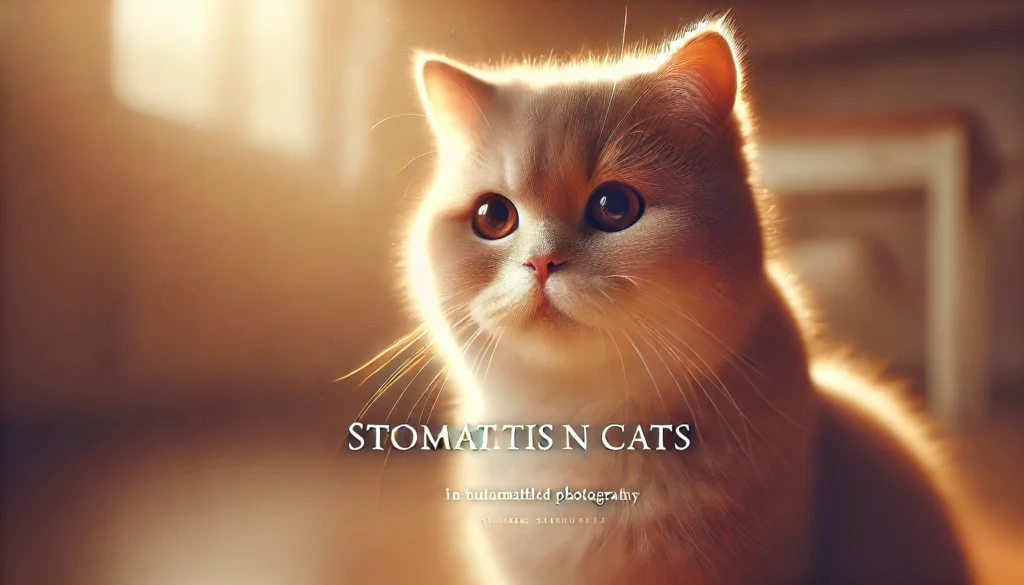
Causes of Stomatitis in Cats
The exact cause of stomatitis in cats is not always clear, but it is believed to result from a combination of factors, including genetics, immune system dysfunction, and infections. Understanding the potential causes of stomatitis is essential for identifying the best course of treatment and management.
1. Immune System Dysfunction
One of the most common underlying causes of stomatitis in cats is an overactive immune system. In some cases, the cat’s immune system mistakenly attacks the tissues of the mouth, resulting in inflammation and pain. This condition is known as immune-mediated stomatitis. Cats with weakened or malfunctioning immune systems are more susceptible to developing stomatitis.
2. Dental Disease and Periodontal Issues
Dental issues, such as gingivitis, periodontal disease, and tooth infections, can contribute to the development of stomatitis in cats. In fact, a large number of stomatitis cases are linked to chronic dental disease. Bacterial infections from plaque buildup and tartar accumulation can lead to inflammation of the gums, which may eventually progress to stomatitis if left untreated.
3. Viral Infections
Certain viral infections can contribute to stomatitis in cats. Feline herpesvirus (FHV-1) and calicivirus are two common viral infections that can cause oral ulcers and inflammation, leading to stomatitis. These viral infections weaken the cat’s immune system and increase susceptibility to mouth infections and inflammation.
4. Allergies
Food allergies and sensitivities can sometimes trigger stomatitis in cats. When a cat’s immune system overreacts to certain allergens in their diet, it can result in inflammation in the mouth and surrounding tissues. Identifying and eliminating the allergens from the cat’s diet can help alleviate symptoms of stomatitis.
5. Bacterial Infections
Bacterial infections can worsen the symptoms of stomatitis, particularly when the immune system is compromised or when there is dental disease present. Bacteria that thrive in the mouth, such as Pasteurella or Streptococcus, can exacerbate the inflammation and lead to abscesses or infected tissue.
Diagnosis of Stomatitis in Cats
Diagnosing stomatitis in cats requires a thorough examination by a veterinarian, including a physical examination, medical history review, and possibly some diagnostic tests. Accurate diagnosis is essential for determining the underlying cause of the condition and the appropriate treatment plan.
1. Physical Examination
During a physical exam, the veterinarian will check the cat’s mouth for signs of redness, swelling, and lesions on the gums, tongue, and throat. The vet will also assess the cat’s behavior to determine if they are showing signs of discomfort or pain when their mouth is touched.
2. Oral Examination and Dental X-Rays
An oral examination is often necessary to assess the extent of the inflammation and to identify any dental disease, infections, or tooth loss. Dental X-rays may be taken to examine the teeth and bones surrounding the gums to rule out abscesses, root infections, or periodontal disease that may contribute to the stomatitis.
3. Laboratory Tests
In some cases, blood tests, urine samples, or a swab of the mouth may be taken to check for infections, viruses, or underlying health conditions. These tests can help identify bacterial or viral infections, such as feline calicivirus or herpesvirus, which could contribute to the condition.
Treatment Options for Stomatitis in Cats
Treatment for stomatitis in cats depends on the severity of the condition, the underlying causes, and the individual cat’s health. Management of stomatitis usually involves a combination of medications, dental care, and lifestyle changes.
1. Antibiotics and Anti-Inflammatory Medications
To treat bacterial infections and reduce inflammation, veterinarians may prescribe antibiotics and anti-inflammatory medications. These drugs help control infections and manage the pain and swelling associated with stomatitis. Steroids are often used in more severe cases to help suppress the immune response and reduce inflammation.
2. Dental Care and Tooth Extraction
Dental care plays a critical role in treating stomatitis in cats, especially if the condition is related to dental disease. In many cases, the veterinarian may recommend professional teeth cleaning to remove tartar and plaque buildup, which can contribute to the inflammation. Tooth extraction may be necessary for cats with severe periodontal disease, where the teeth are damaged or infected beyond repair.
3. Immunosuppressive Therapy
In cases where stomatitis is caused by an overactive immune response, veterinarians may prescribe immunosuppressive medications to help reduce the cat’s immune system’s attack on the oral tissues. Drugs such as cyclosporine or corticosteroids may be used to help manage the inflammation caused by immune-mediated stomatitis.
do you know
Heart murmurs in cats are a common veterinary concern that can indicate underlying heart disease or be benign and non-problematic. Understanding the nature of heart murmur in cats, recognizing their symptoms, and knowing how to manage them can greatly enhance the health and well-being of affected felines.
4. Supportive Care
In addition to medications, supportive care is an essential part of managing stomatitis in cats. This can include pain relief medication, soft food diets, and increased fluid intake. Providing your cat with a stress-free and comfortable environment can help them recover more effectively. Regular follow-up visits with the veterinarian will help monitor progress and adjust the treatment plan as needed.
5. Immunotherapy (Allergy Shots)
If stomatitis is triggered by allergies, immunotherapy, or allergy shots, may be an effective treatment option. This therapy involves administering gradually increasing doses of the allergen, helping the cat’s immune system build tolerance to the substance. This treatment option is particularly useful for cats with food allergies or environmental sensitivities.
Managing Stomatitis in Cats Long-Term
Long-term management of stomatitis in cats involves ongoing care and monitoring to ensure that the condition does not worsen. Regular dental check-ups are crucial, as dental disease can often exacerbate stomatitis. Ensuring that your cat receives a balanced, appropriate diet and providing dental care at home (such as brushing their teeth) can also help maintain oral health and reduce the risk of further complications.
Preventing Stomatitis in Cats
While stomatitis cannot always be prevented, there are steps you can take to reduce the likelihood of your cat developing this painful condition:
- Regular Dental Care: Brushing your cat’s teeth regularly and providing dental treats or toys can help maintain good oral hygiene and prevent dental diseases that can lead to stomatitis.
- Early Veterinary Visits: Regular vet visits and dental check-ups can help detect early signs of stomatitis or other oral health issues before they become severe.
- Allergen Avoidance: If your cat has allergies, avoiding known triggers in their diet or environment can help prevent the onset of stomatitis.
Conclusion
Stomatitis in cats is a painful and often chronic condition that requires prompt attention and proper care. Understanding the symptoms, causes, and treatment options for stomatitis is essential for any cat owner. With a comprehensive treatment plan that may involve medications, dental care, and lifestyle changes, many cats with stomatitis can experience relief from their symptoms and improved quality of life. Early diagnosis and ongoing management are key to keeping your cat comfortable and healthy. If you suspect that your cat may have stomatitis, it is important to consult with your veterinarian for an accurate diagnosis and tailored treatment plan.
What is the most common cause of stomatitis in cats?
The most common cause of stomatitis in cats is immune-mediated stomatitis, where the cat’s immune system overreacts and attacks the tissues in the mouth. This condition leads to inflammation, swelling, and sometimes ulcerations. Other factors contributing to this topic include periodontal disease, viral infections like feline calicivirus or herpesvirus, and bacterial infections. Dental issues, such as plaque buildup, can exacerbate the condition, leading to more severe symptoms. Identifying the underlying cause of stomatitis is crucial for developing an effective treatment plan.
How do you treat stomatitis in cats at home?
At home, managing stomatitis in cats typically involves maintaining proper oral hygiene and managing pain. This topic may include providing soft food to avoid further irritation, and using prescribed medications such as antibiotics or anti-inflammatory drugs. It’s essential to monitor your cat for signs of pain and discomfort, ensuring they are eating and drinking adequately. Regular oral care, including brushing your cat’s teeth (if tolerated), and using dental chews may also help. However, always consult your veterinarian for the most appropriate course of treatment for this condition.
What antibiotic treats stomatitis in cats?
The antibiotic treatment for stomatitis in cats typically includes broad-spectrum antibiotics like amoxicillin-clavulanate or clindamycin, which are effective in treating bacterial infections that may accompany the inflammation. These medications can help reduce the bacterial load in the mouth, aiding in managing the topic of stomatitis. Your veterinarian may prescribe antibiotics as part of a broader treatment plan that could include anti-inflammatory medications and dental care. It’s important to follow your vet’s recommendations closely to prevent further complications and promote healing.
How is stomatitis cured?
There is no definitive cure for stomatitis in cats, especially in severe cases where it’s immune-mediated. However, treatment can significantly manage the topic. Typically, veterinarians focus on reducing inflammation and pain, using medications such as corticosteroids or immunosuppressive drugs to suppress the immune response. Dental cleanings, tooth extractions, or immunotherapy may be necessary in more advanced cases. Although the condition is chronic, proper care can help manage symptoms, and many cats experience a good quality of life with ongoing treatment.
What antibiotic is best for stomatitis?
The best antibiotic for treating stomatitis in cats often depends on the underlying cause of the infection. In general, amoxicillin-clavulanate is frequently used for its broad-spectrum effectiveness against common bacteria that may contribute to the topic of stomatitis. Other options may include clindamycin, which is effective for treating oral infections. Your veterinarian will likely select the most appropriate antibiotic based on the bacteria involved and the cat’s overall health. Always follow the veterinarian’s prescribed course of treatment to ensure the best outcome.
4o mini

